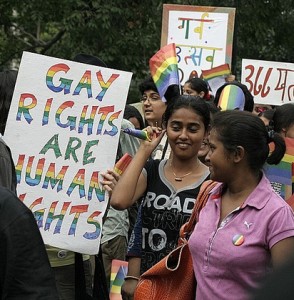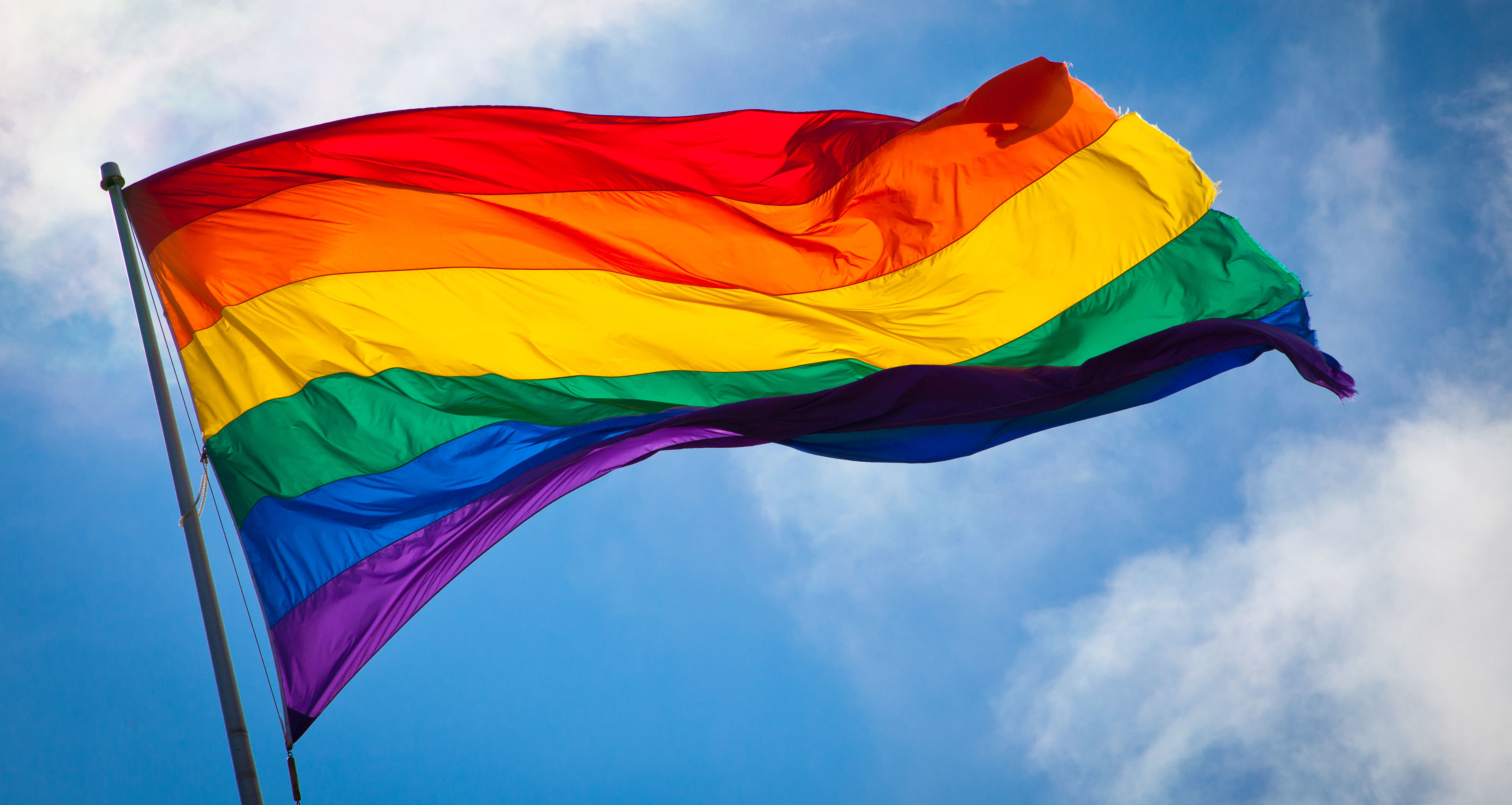
Many ideas and images appear in our collective consciousness when we consider the relics of British colonialism: partitions, cricket and general exploitation. However, there is another, lesser-known remainder of the British rule in many of its past colonies — Section 377. It is a law that, in essence, criminalizes homosexual acts. While many countries have since repealed or modified that law, that list does not include the world’s largest democracy, India.
The Indian Penal Code, written primarily by officials of the British Raj in 1861, includes Section 377, which criminalizes sexual acts “against the order of nature”. This vague phrase could be interpreted in many different ways, but its primary aim was to criminalize homosexuality in India. It allowed police forces and other forms of law enforcement to unreservedly harass members of the LGBTQ community. In the first 62 years of India’s independence, little was done to improve the position of the LGBTQ community. However, in 2009, the High Court of Delhi declared the clause unconstitutional; they judged that limiting the ability of consenting adults to have sexual relations in private was a breach of the fundamental rights to liberty and equality. The decision came in response to a lawsuit filed by the Naz Foundation (India), an organization that advocates for gay rights. It was regarded as a major milestone in Indian judicial proceedings. Though the decision was only applicable to the territory of Delhi, it seemed to be a significant step forward in improving LGBTQ rights.
This optimism came to an abrupt end on December 12, 2013, when India’s Supreme Court overturned the High Court’s judgment. The Supreme Court, India’s highest judicial body, has powers of constitutional review and was thereby able to overturn the decision. Their argument was a logistical one: They found that the clause was one that should be amended or repealed by the Parliament, not the judiciary. In repealing the clause, they left it to the Parliament’s discretion to bring the matter to the agenda. However, in its subsequent session, the government resisted bringing the issue to the table for debate. Thus, after four years of legitimacy, the members of the LGBTQ community are once again in legal limbo, forced to question their status in their own nation.
Why is the government so reluctant to bring this issue to the table? Much of this is due to the traditional conservatism of the Indian public. This is reflected in the recent national elections, where the conservative and nationalistic Bharatiya Janata Party (BJP) returned to power after ten years. The BJP, widely known for favoring the majority Hindu population (with an ideology known as “Hindutva”), was voted in with an overwhelming majority in May. Though in many ways this can be seen as a response to the many failures of the incumbent Indian National Congress, it should also be noted that support for their specific philosophy is growing.
The BJP’s ideals are strongly rooted in Hindu principles, and their traditional support base stems from the staunch Hindu population; they also have strong organizational links to the Hindu nationalist organization Rashtriya Swayamsevak Sangh (RSS). This makes them more hesitant to bring such a contentious and religiously provocative issue into the spotlight. Despite leaders of the liberal Congress Party (including Sonia Gandhi, the Italian-born widow of late Prime Minister Rajiv Gandhi, and her son Rahul) affirming their position against Section 377, the BJP seems uncharacteristically divided on the subject. While the current Prime Minister Narendra Modi remains oddly silent on the issue, the Minister for Home Affairs, Rajnath Singh, has spoken out in favor of the clause; he was widely criticized for calling homosexual acts “unnatural”. This lack of consensus is a significant barrier in bringing about change for the LGBTQ community.
The sudden reversal on LGBTQ policy is not just limited to India. The rise of social conservatism in India parallels a global, albeit limited, trend of reduced tolerance for other sexualities. Uganda, which has become notorious for its attempts to criminalize homosexuality, recently attempted to pass the Anti-Homosexuality Act of 2014. More surprising was Australia’s decision to revoke a same-sex marriage law. However, many other countries are implementing a more open-minded approach to LGBTQ rights, giving members of the LGBTQ community hope for greater inclusion in generations to come.
There is also optimism for eventual equality within India, despite the judicial ruling. Though sexuality has long been a polarizing and stigmatizing topic, particularly in more parochial areas, the issue seems to have captured the public’s imagination like never before. The media has latched onto the topic, publicizing protests and rallies while showing a distinct leaning towards gay rights. It also became a trending topic in India, a surprise in a country previously reluctant to discuss the existence of its LGBTQ community. Prominent authors like Vikram Seth (himself a homosexual) and Chetan Bhagat have spoken out against the decision in oft-quoted opinion articles mourning the “criminalization of love.” With the anger against Section 377 finding an increasingly public platform, the government will soon have to clarify their stance on the issue.The debate is also translating into other changes in India. Recently, the government recognized the transgender population as a legal third gender. The Supreme Court, who was also responsible for this decision, pointed out that transgender people have long been a part of Indian culture, and therefore cannot be dismissed as a result of moral corruption and westernization. By making them a legal gender, the Court has forced regional governments to treat them as official minorities, resulting in increased benefits and a modicum of protection from discrimination. This understanding has also transferred itself into both the media and culture. The country has just seen its first transgender newscaster appear on television in the state of Tamil Nadu; she quickly became popular among her viewers in the relatively conservative state and was recently promoted to be the face of the channel. BJP leaders have even sent out signals that they are willing to consider repealing Section 377.
Incidents like these undermine the idea that India is too traditional for change — it is becoming increasingly obvious that the Indian public is not only ready for change, but is beginning to demand it. If anything, the Supreme Court’s decision has increased public attention and sympathy for the issue; in the long run, this could put even more pressure on Parliament to repeal the law. Reinstating Section 377 in Delhi was a major setback for gay rights; abolishing it once and for all would be a grand triumph.
